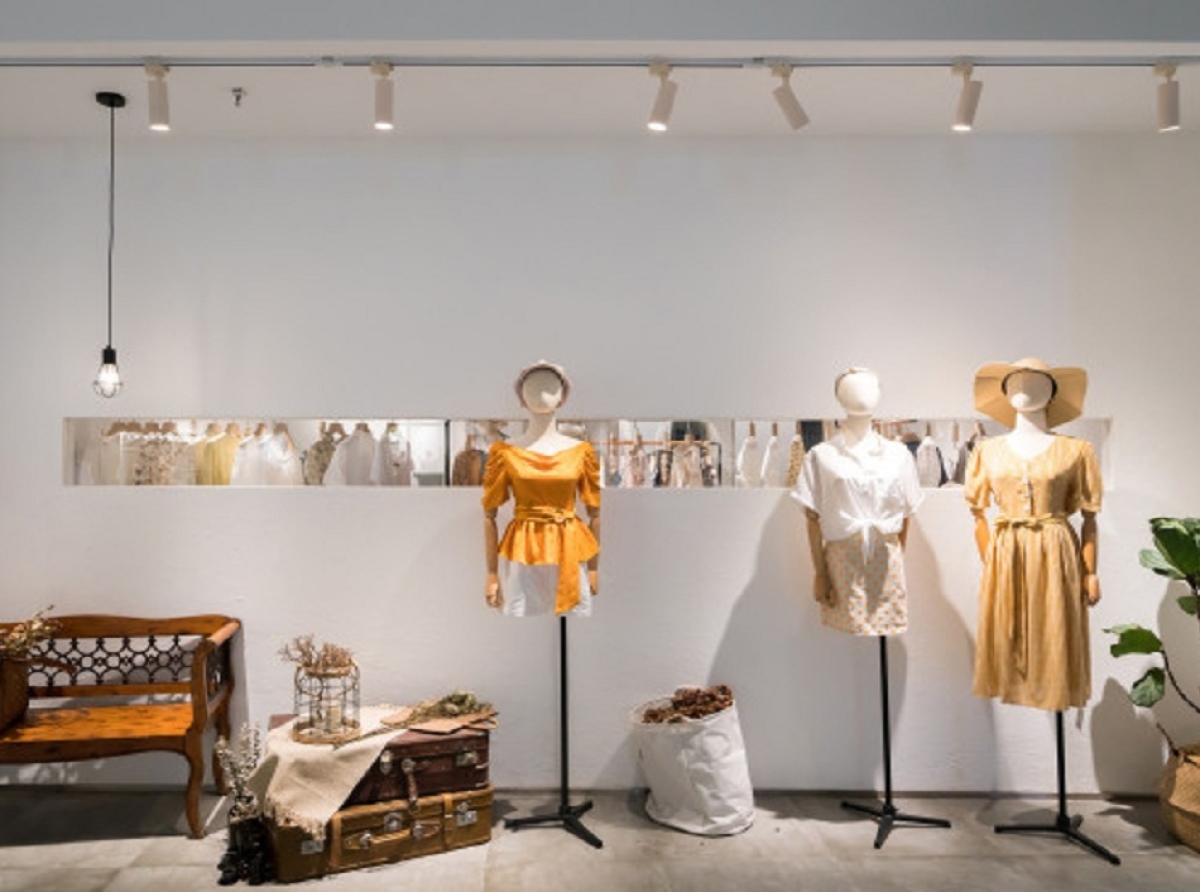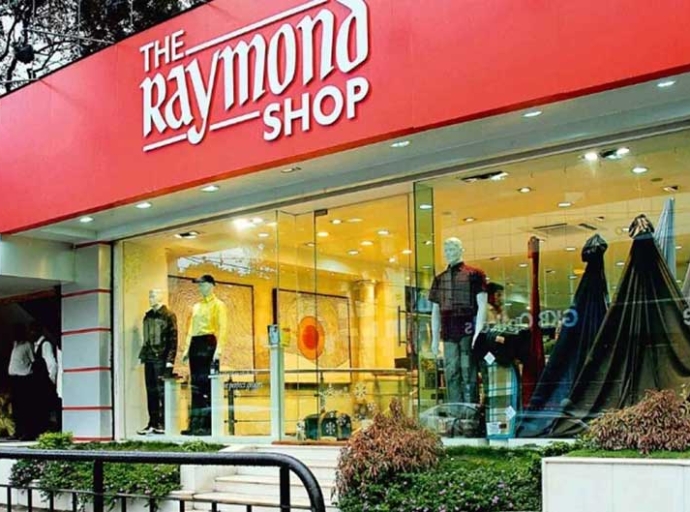India emerges luxury’s goldmine with increasing consumers and strong manufacturing base

09 October 2023, Mumbai
While major global fashion weeks sashay their seasonal collections, not many buyers are aware that a huge chunk of the exquisite embellishments often statement pieces of collections are painstakingly handcrafted in the by-lanes of Mumbai and other Indian cities.
Small workshops are focused on supplying exclusive hand-made appliques and other add-ons for the likes of Chanel, Dior, Saint Laurent and Balenciaga amongst others.
The first-of-its-kind Dior Fall 2023 collection held at Mumbai’s ‘The Gateway of India’ put the spotlight on the Indian contribution to the French haute couture brand as it paid its long-overdue homage to Indian craftsmanship.
International fashion media woke up and wrote their own tributes to these craftsmen as other collections let out their Indian stories.
Meanwhile much has been written about the dynamic Indian market that international luxury brands are courting aggressively.
Marquee
From Dior to Galeries Lafayette, from Louis Vuitton to Frank Muller and from Saint Laurent to Tiffany’s, everyone who is anyone in the world’s finest echelon of luxury is sitting pat in India, watching its millionaire club grow.
As per a Credit Suisse report the number of millionaires in India are projected to grow 105 per cent by 2026 . Indeed, these luxe brands are focused on boosting their India sales. A Bain & Co report says by 2030, the luxury market in India could reach a staggering $200 billion.
India a growing market for international luxury
According to a leading and reputable Mumbai-based business journal, the affluent Indian is spending on things luxury like there was no tomorrow.
From 2021’s revenge spending post Covid opening to a gradually settled but more in terms of high-value ticket items, affluent Indians have a clear message for luxury brands – we are out for the finest, and international luxury brands are delivering, right here in India.
Report
Euromonitor International estimates the luxury goods market, which includes personal luxury, fine wines, champagne and spirits, luxury cars and experiential luxury, to bounce back, after the pandemic setback, to over Rs 50,000 crore by 2024 from around Rs 46,000 crore in 2022. Stock markets have been on the rise, and a new pack of young business owners has emerged, with the valuations of their enterprises soaring. Richie-rich GenZ buyers are now making a beeline for high-end stores.
They are happy to treat themselves unashamedly and have no issues forking out big amounts to buy luxury brands.
Quintessentially Indian craftsmanship in luxury fashion
The contribution has always been there but European haute couture has always harbored the perception that ‘Made in India’ or any other underdeveloped or developing nation in Asia, Africa and the South Americas would damage a luxury brand’s reputation as Western luxury buyers did not approve of their high-ticket items being made in poor countries.
However, international luxury brands had absolutely no qualms about getting every piece of a garment manufactured wherever there was cheap labor and then assembling it all, say in France, thereby getting the legitimacy of bearing the label ‘Made in France’.
Iconic
As Isabel Marant the French designer behind the eponymous label point out, the bulk of all haute couture is India made nowadays not only for the practicality of cost but also for skills that no other country can offer when it comes to handcrafted work.
The India factor in luxury clothing is now being acknowledged with leading labels like Bvlgari, Hermes and Balenciaga now crediting and using Made in India for some of their statement pieces.
It is but a matter of time that the world of luxury will state India as their source and may be inspiration.
Latest Publications

































